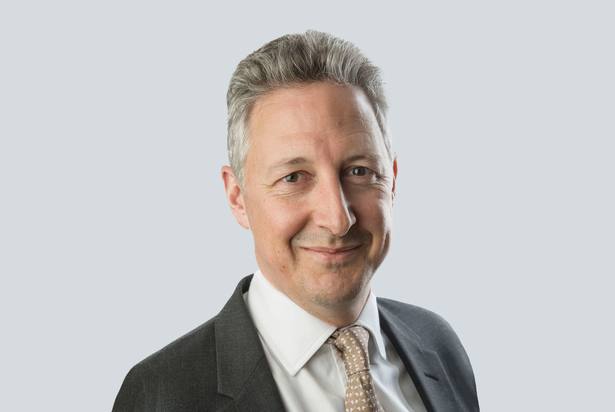
Something will have to give with the global economy, says Gilles Moëc, group chief economist at Axa.
He says that right now the developed world is experiencing a goldilocks scenario where economic growth is proving stronger than expected, at the same time that inflation has fallen materially and central banks are signalling intent to cut rates.
Moëc's view is that at least one of those three economic conditions will change.
This is because central banks largely lift or cut rates to manage the level of demand in an economy.
Expectations that rates would be cut centre on the assumption that the rate rises of recent years have dampened demand and caused an economic slowdown, enabling inflation to fall, but with inflation now hurtling towards target, policymakers can prioritise economic growth and so cut rates to stimulate demand.
But if growth has proved to be more robust than had been anticipated, then, according to Moëc, there may be no need to cut rates to stimulate growth, and a fear that any cuts would cause inflation to rise.
He says: “To get inflation falling at the rate the market currently expects, you would need economic growth to slow from here. Now I think economic growth may very well slow from here, this is because the impact of monetary policy tightening is starting to be felt, but at the same time as it is being felt, many European countries are embarking on a tightening of fiscal policy.
"From the end of the pandemic until now, both the US and European countries pursued expansionary fiscal policies, which helped to generate economic growth, but now we could have a situation where monetary and fiscal policy are contractionary at the same time."
In a scenario where growth drops markedly, central banks would have the scope to cut rates, and inflation would likely fall.
Guy Miller, head of macroeconomics at Zurich, says the goldilocks situation presently being experienced in markets is “highly unusual”, but is a function of the type of inflation that had been present in the global economy.
Inflation comes either as a result of supply-side or demand-side factors (where demand for goods and services in the economy is expanding at a faster rate than the supply of goods and services in the economy).
By putting interest rates up, central banks are trying to dampen demand within an economy, in order to drive demand down closer to where the level of supply is.
Much of the inflation of recent years has been the consequence of excess demand resulting from pandemic-era savings, combined with supply issues in Asia.
It was the inevitable erosion of these savings and the repairs to the supply-side as global shipping and manufacturing were restored that prompted many market participants to take the view that inflation would be transitory, and so rates may not need to rise.





